If the Event ID 56: Application Popup error keeps troubling you, then this post may be able to help you. When this error pops up, your device may shut down, or a Blue Screen of Death can appear. A notification highlighting the log name, source, event ID, level, and description will also appear along with the error message. Fortunately, you can follow some simple steps to eliminate this error.
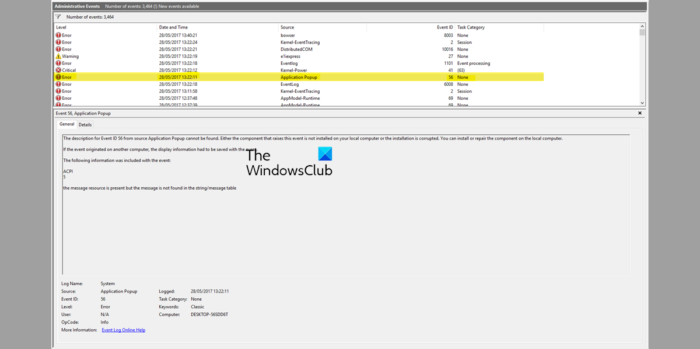
What causes Event ID 56?
Event ID 56: Application Popup error occurs when the component that raises this event isn’t installed on your device, or the installation is corrupted. It is usually related to BIOS and Firmware updates, driver updates, etc.
Fix Event ID 56: Application Popup error in Windows 11/10
If the Event ID 56: Application Popup error keeps troubling you on your Windows computer, follow these suggestions to resolve the issue:
- Run or Roll back Windows Update
- Update device drivers
- Update BIOS/Firmware
- System Restore to a point before the problem started
- Repair Windows OS using Installation Media
Now let us see these in detail.
1] Run or Roll back Windows Update/Upgrade
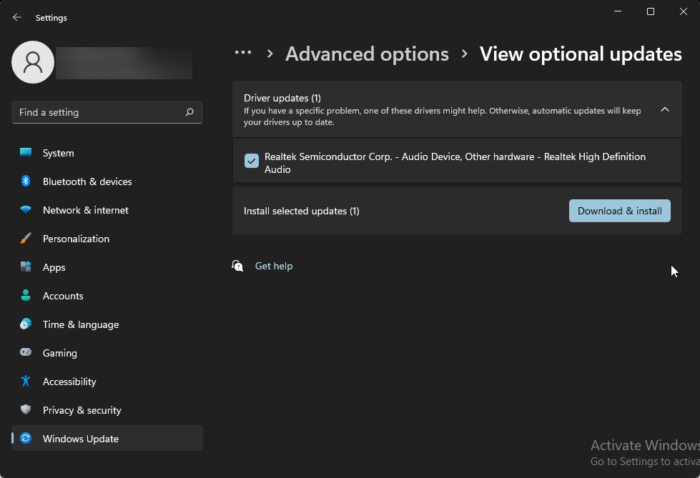
First, update Windows manually and see if this helps.
However, if the issue occurred after Windows Updates, you might consider uninstalling the Update. To uninstall an update, follow these steps:

- Press the Windows key + R to open the Run dialog box.
- Type appwiz.cpl and hit Enter.
- In the Uninstall or view a program page click on View Installed Updates.
- Right-click on the recently installed update and select Uninstall.
2] Update Device Drivers
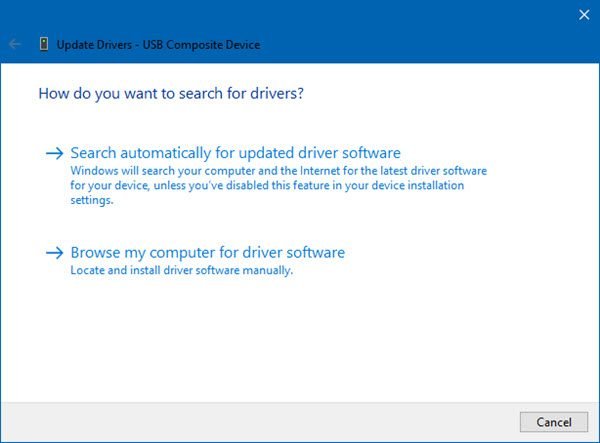
Outdated or corrupt device drivers are also known to cause Event ID 56 on Windows. Update your device drivers and check if the issue’s fixed.
Follow one of the methods below to update your device drivers:
- You may check for Driver & Optional Updates via Windows Update to update your drivers
- You may visit the manufacturer’s site to download the drivers.
- Use a free driver update software
- If you have the INF driver file already on your computer then:
- Open Device Manager.
- Click the driver category to expand the menu.
- Then choose the relevant driver and right-click on it.
- Select Update Driver.
- Follow the on-screen wizard to finish updating your audio drivers.
3] Update BIOS/Firmware
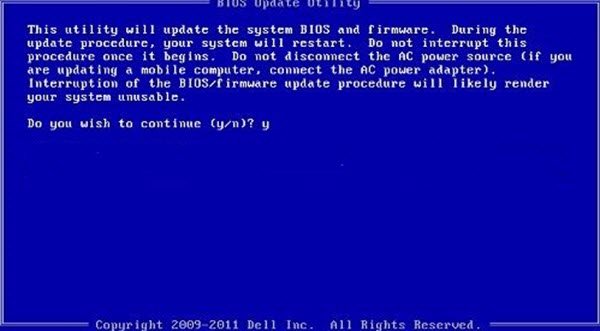
Updating BIOS can fix bugs related to specific hardware or add compatibility for new devices. BIOS is to make your PC run; updating it carries a huge risk. If anything goes wrong, it could stop your motherboard from working and stop your computer from starting as expected. Always follow the manufacturer’s BIOS updating process if you need to update your BIOS. Here’s how you can update your device’s BIOS.
4] System Restore to a point before the problem started
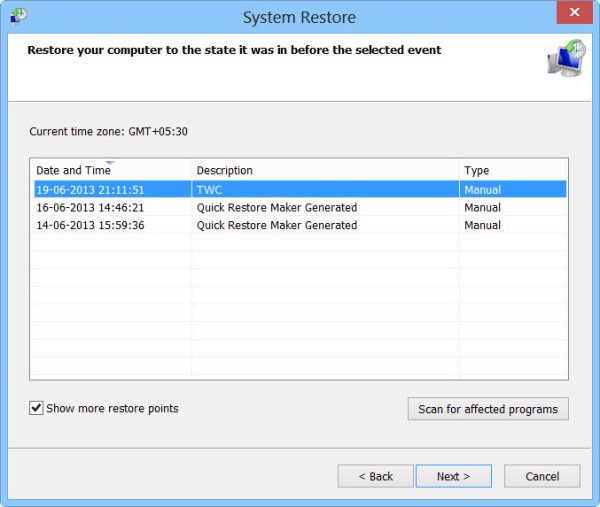
In case of an install failure or data corruption, System Restore can make your device to working condition without reinstalling the operating system. Doing so will repair the Windows environment by installing the files and settings saved in the restore point. Here’s how you can perform a System Restore. Note that this can be done only if you’ve created a System Restore Point earlier.
5] Repair Windows OS using Installation Media
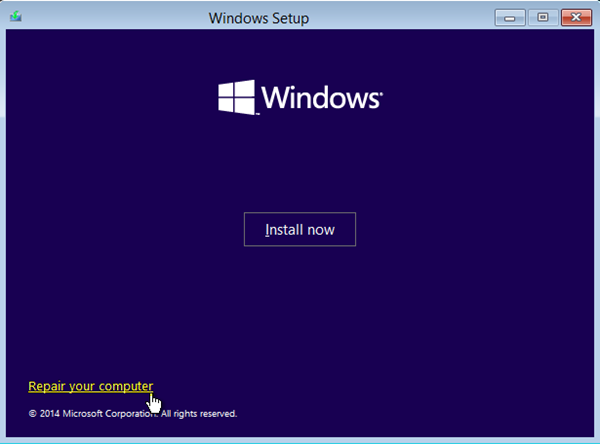
If none of these methods were able to help you, repair the Windows OS using the Installation media. Here’s how you can do it:
- Download Windows ISO and create a Bootable USB or DVD drive
- Boot from the media and choose Repair your computer.
- Under Advanced Troubleshooting, select Advanced Options > Troubleshoot.
- Now click on Startup Repair and follow the instructions on-screen.
Fix: Disk has been surprise removed, Event ID 157
What is Event ID 56?
Event ID 56 shuts your device down or displays a Blue Screen of Death. It can also display a notification highlighting the log name, source, event ID, level, and description, along with the error message. This error occurs when the component that raises this event isn’t installed on your device or the installation is corrupted. It is usually related to BIOS and Firmware updates, driver updates, etc.
How do I open the Event Log in Windows 11?
In order to open the Event Log, you need to use the Event Viewer in Windows 11. You can search for event viewer in the Taskbar search box and click on the respective search result. Then, go to Windows Logs and select the type of log you want to view. Following that, the event log for that category will be visible on your screen.
Leave a Reply